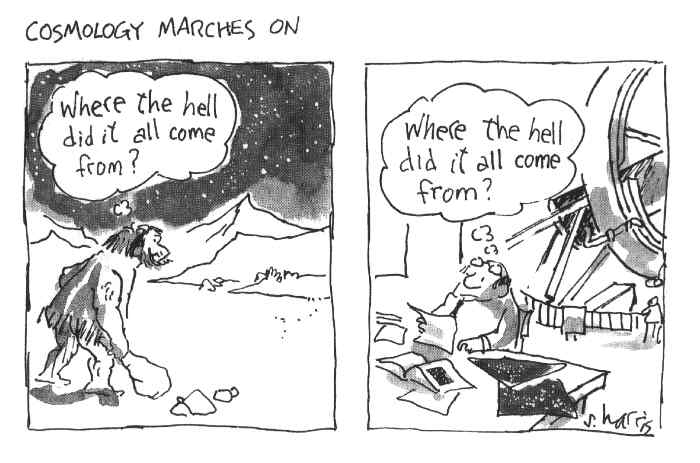Patricio Vielva
CSIC Tenured Scientist
Research Menu
HOME RESEARCH | CV | PUBLICATIONS TALKS |
Research

My research
field is cosmology.
More precisely, I work on the study of the cosmic microwave background (CMB)
and of the large scale structure of the universe (LSS).
I'm also very much interested on the application of novel data analysis
tools and image processing techniques to the study of cosmological data
sets. In particular, I have participated on some pioneering application
of wavelet-based methods to CMB and LSS data.
I am a member of the Planck collaboration. A satellite of the European Space Agency (ESA) that was launched in May 2009. Planck has meassured the CMB fluctuations at arcminute resolution and tens of microkelvin sensitivity. My major interests in Planck are related to non-Gaussianity analysis, the integrated Sachs-Wolfe effect and the component separation problem (specially focused in the recovery of the CMB, the Sunyaev-Zeldovich effect and the point sources).
I am also a member of the QUIJOTE experiment. It is a ground-base experiment devoted to measure the polarization of the CMB. My interests on QUIJOTE cover different aspects of data analysis: from component separation to cosmological parameter estimation, including issues like the E/B decomposition. QUIJOTE was partially supported by the Exploring the Physics Inflation (EPI) Spanish Project, that is cooridnated by IFCA.
I am a External Collaborator of the LiteBIRD proposal made to the JAXA space agency, to study the polarization of the CMB and, more in a particular, the B-mode, that could support the imprint of the primordial gravitational waves that are supposed to be generated during the inflationary era. LiteBIRD is currently in Phase-A, and during 2018 there will be a final announcement regarding its final possible down selection.
Last, but not least, I'm also a member of the Javalambre - Physics of the Accelerated Universe (J-PAS). J-PAS will cover around 8,000 squared degrees of the sky with a high sensitivity (~ 0.5% for galaxies at z~1) to perform photometric redshift estimation of around 15 million of LRGs.
If you are interested in learning a bit more about my research, I invite you to have a look to the links on the right.
I am a member of the Planck collaboration. A satellite of the European Space Agency (ESA) that was launched in May 2009. Planck has meassured the CMB fluctuations at arcminute resolution and tens of microkelvin sensitivity. My major interests in Planck are related to non-Gaussianity analysis, the integrated Sachs-Wolfe effect and the component separation problem (specially focused in the recovery of the CMB, the Sunyaev-Zeldovich effect and the point sources).
I am also a member of the QUIJOTE experiment. It is a ground-base experiment devoted to measure the polarization of the CMB. My interests on QUIJOTE cover different aspects of data analysis: from component separation to cosmological parameter estimation, including issues like the E/B decomposition. QUIJOTE was partially supported by the Exploring the Physics Inflation (EPI) Spanish Project, that is cooridnated by IFCA.
I am a External Collaborator of the LiteBIRD proposal made to the JAXA space agency, to study the polarization of the CMB and, more in a particular, the B-mode, that could support the imprint of the primordial gravitational waves that are supposed to be generated during the inflationary era. LiteBIRD is currently in Phase-A, and during 2018 there will be a final announcement regarding its final possible down selection.
Last, but not least, I'm also a member of the Javalambre - Physics of the Accelerated Universe (J-PAS). J-PAS will cover around 8,000 squared degrees of the sky with a high sensitivity (~ 0.5% for galaxies at z~1) to perform photometric redshift estimation of around 15 million of LRGs.
If you are interested in learning a bit more about my research, I invite you to have a look to the links on the right.